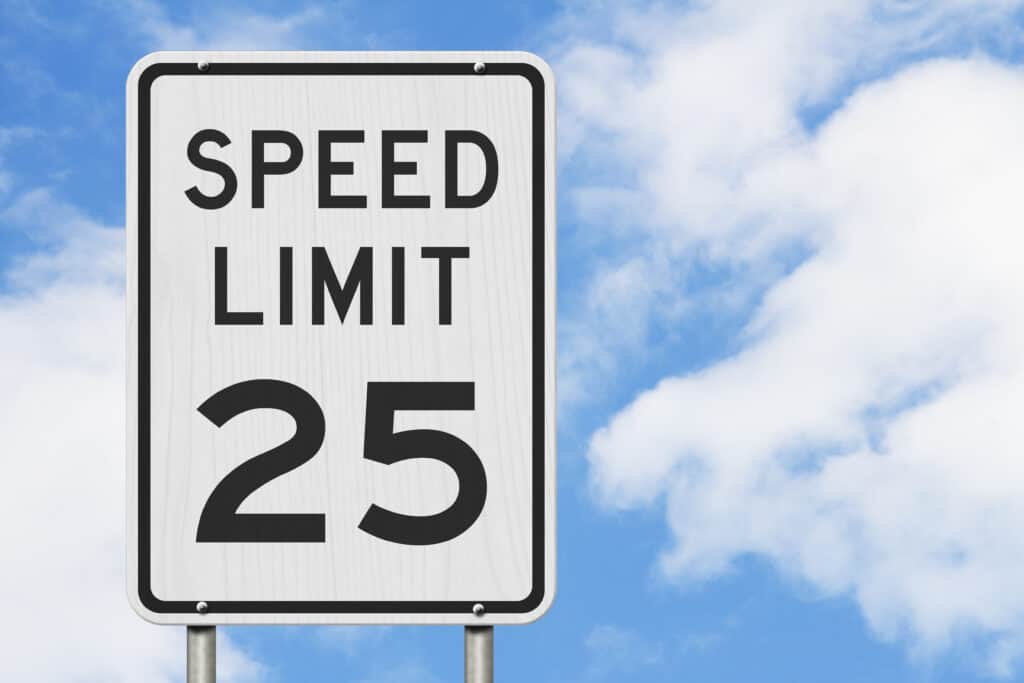How Fast Can You Drive with Diff Locks On?
Having differential (or diff) locks on your vehicle is a huge benefit while off-roading. This is a feature that many adventurers find necessary for a vehicle to be equipped with. When differential locks are engaged on a vehicle, how fast can you drive?
You should not exceed 25mph with diff locks engaged. Differential locks allow the driver to force the vehicle to use all (or both depending on where the locks are located) tires while making a turn. This is a great piece of technology to use while off-roading, but not while driving through the city.
As you can see, diff locks weren’t designed for high-speed driving. What else do you need to know about differential locks before purchasing a car with them installed?
How Do Locking Differentials Work?
Differentials are what allow your vehicle to properly turn. When making a turn, the wheels on the inside of the turn have to go slower than the wheels on the outside. Differentials allow this process to happen smoothly, which in turn allows you to properly and safely handle your car.
Locking differentials are often only installed in off-roading vehicles. These allow the driver to lock the tires and will force them to both spin at the same speed while making turns. This technology is extremely helpful when the “road” (loosely said for our off-roading enthusiasts) is extremely rocky or there is a high possibility of your vehicle getting stuck. This locking is useful when only one of the driving tires has traction. By forcing both tires to spin, you can ensure that your car will have the power to push itself out of the area you are stuck in.
Along with off-roading, locking differentials can also assist the driver while they’re attempting to navigate through extreme weather conditions. When differentials are locked and engaged, it can help the vehicle to have more traction and prevent spinning out when driving on ice or water.
There are different types of differentials created for different vehicles to serve different purposes. There are open and locking differentials, and within locking differentials, there are two specific types: automatic and selectable.

Open differentials are the standard differentials installed on most cars. These do not offer any locking abilities. Their primary purpose is to allow the vehicle to make turns properly and safely. When your car makes a turn, the differential will give the inside tire more energy because it has more traction than the outside tire. The inner tire will have less energy and will spin slower. The outside tire will have less traction but more energy to make a wider, faster turn than the inner tire.
Without working differentials on your vehicle, each turn you make would be extremely dangerous.
Locking differentials, as previously mentioned, allow the driver to lock both tires and force them to spin at the same speed. Locking differentials can either be for the front, rear, or all tires on a vehicle.
When purchasing a vehicle with locking differentials, it is important to know what kind of differentials you want and need. Selectable locking differentials are the most commonly installed differentials because they are so versatile. Selectable locking differentials allow the driver to choose when to engage the locking system.
This is convenient for drivers because you can pick and choose when you want to use this technology. In most vehicles, there is an easy-to-access button/switch that drivers need to press to engage the locking mechanism. When you do not need the locks on, they can easily be turned off with the same button/switch.
For those who do not like having to engage the lock each time you need it, you may be interested in purchasing automatic locking differentials. These are less common because it can become inconvenient for drivers when they do not have control of the locks. In automatic locking cars, the differentials will lock on their own, depending on the driving conditions.
Depending on the conditions you regularly drive through, you will want to pick a locking differential that works best for you. If you are unsure of what locking differential is best for you, contact a local mechanic shop to speak with a professional who can give you the information you are seeking for your specific needs and wants. You can find a mechanically shop near you, or you can find a small business owner mechanic to give you this information. Search “small business mechanic” if you are interested in supporting small businesses.
How Fast Can You Go? (And What Else Do You Need to Know?)

If you have locking differentials or you are considering purchasing a vehicle with locking differentials installed, you will want to know all you can about them before using them. This is for your own safety and the protection of your vehicle.
How Fast Can You Go?
When you are driving with your locking differentials engaged, it is a good idea to not exceed 25mph. Going much faster than that can damage your vehicle. It can also make it dangerous to take turns going fast. The speed that you drive at depends on your comfort level, but you do not want to harm yourself or your vehicle.
When Can You Engage It?
When you have selectable locking differentials, you can choose when you engage them. Locking your differentials while off-roading and during extreme weather is very helpful and recommended. It is not recommended to engage your locking differential in the middle of your vehicle spinning out. This can make the spin-out worse and can cause damage to your vehicle.
When you have automatic locking differentials, you do not choose when they will be engaged. Your vehicle will automatically lock your differentials when the conditions are extreme enough.
When Should You Disengage It?
Locking differentials are installed to help drivers during extreme driving conditions when there is little traction for your tires to drive on. After you have passed the low traction or extreme condition, you should disengage the locking mechanism. When disengaging the locking mechanism, you should either be fully stopped or driving at a low speed in a straight line. This will prevent any problems that may occur when attempting to disengage the technology.
